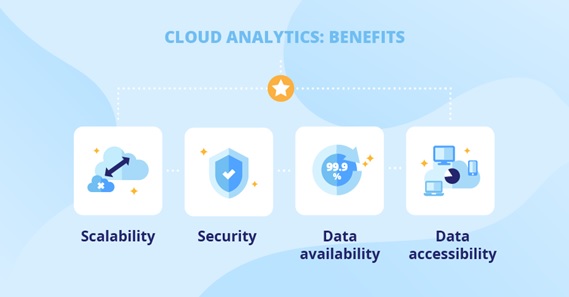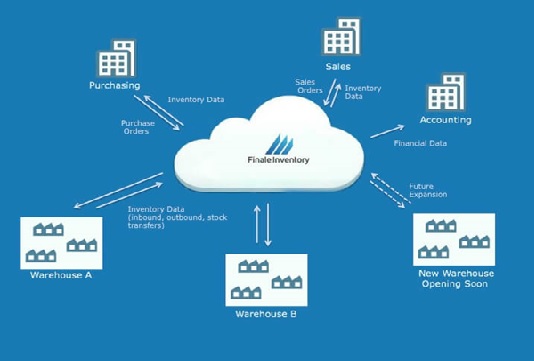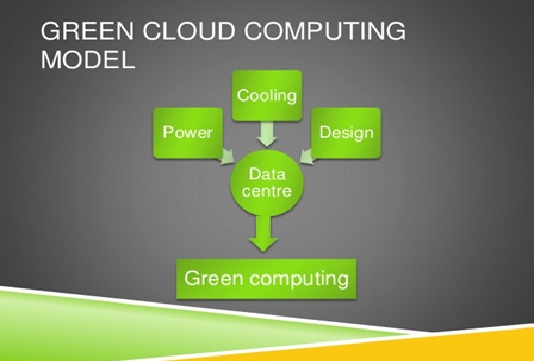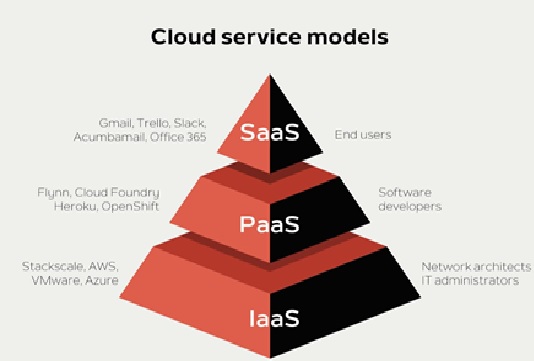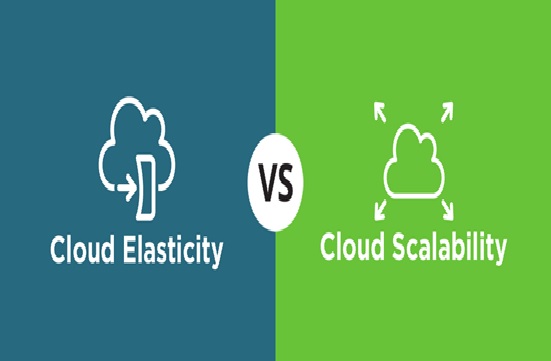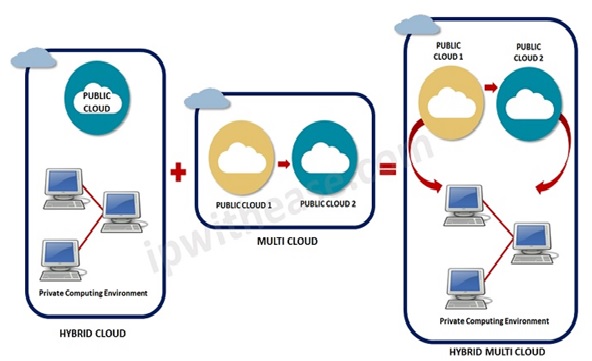Cloud Computing in Health Care System
Cloud computing provides easy storage of documents in a place where you can access them from any device at any time. Initially, all of the applications and software had to be on a computer or server that you could only [1] access at a specific location. Due to the introduction of the cloud, people could access their programs figure 1 shown below and information using the internet. This principle is also applicable to data storage.

Figure 1. Cloud Computing in Health Care System
Despite keeping folders full of critical work on your computers and servers, it is possible to store the data remotely and can be backed up to the cloud.
Cloud-based healthcare refers to integrating cloud computing technology for the creation and management of cloud-based health care services. More healthcare providers are looking to work with vendors that provide cloud computing solutions to save and retrieve their digital records. As the information can be stored securely off-site, it is regarded as a significant benefit for large and small provider organizations. A Cloud-based healthcare system addresses the following essential requirements in the healthcare industry.
On-demand access to computing with enormous storage resources, which are not feasible in traditional healthcare systems.
Support large datasets for EHR, radiology images and genomic data offloading.
Ability to share EHR among authorized physicians, hospitals and care-providing institutions in different geographic locations, offering timely access to life-saving information and minimizing the needs of duplicate testing.
Improvement in analysis and monitoring the data on diagnosis, treatment, cost and performance.
Functions Of Cloud in Health Care System
- First, as a Software as a Service (SaaS), the cloud can offer healthcare organizations on-demand hosted services, providing quick access to business applications and fulfilling customer relationship management (CRM).[2]
- As an Infrastructure as a Service (IaaS), cloud solutions can offer on-demand computing and large storage for medical facilities.
- And lastly, as Platform as a Service (PaaS), the cloud can offer a security-enhanced environment for web-based services and the deployment of cloud applications.
- Transforming healthcare via the cloud is about more than just the delivery of medical information from multiple computers at anytime, anywhere, and on any mobile device. It’s also about the benefits of being able to connect medical centers and cloud users for the purpose of sharing patients' health data over the Internet.
As healthcare facility managers, you have to leverage real-time data to make informed decisions to ensure compliance and become more impactful leaders. [3]
But the problem lies in when you have to pull stacks of paper which is (was) the standard method when showing compliance for a medical gas systems program.
One can see how this paper-based process is an invitation for inefficiency, lost time, and potential error. Nowhere is this more likely than in multi-site healthcare systems, with facilities spread across a city or even a broad geographic region.
References:
- https://www.leewayhertz.com/cloud-computing-in-healthcare/
- https://www.innovativearchitects.com/KnowledgeCenter/industry-specific/healthcare-and-cloud-computing.aspx
- https://www.chthealthcare.com/blog/electronic-documentation
Cite this article:
Nandhinidwaraka. S (2021), Cloud Computing in Health Care System, AnaTechMaz, pp. 22






